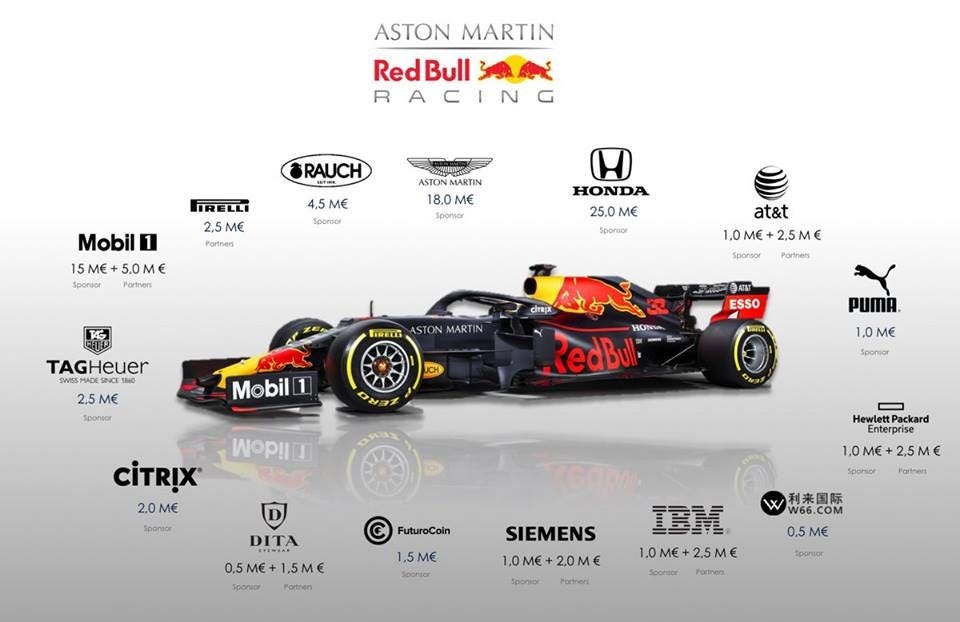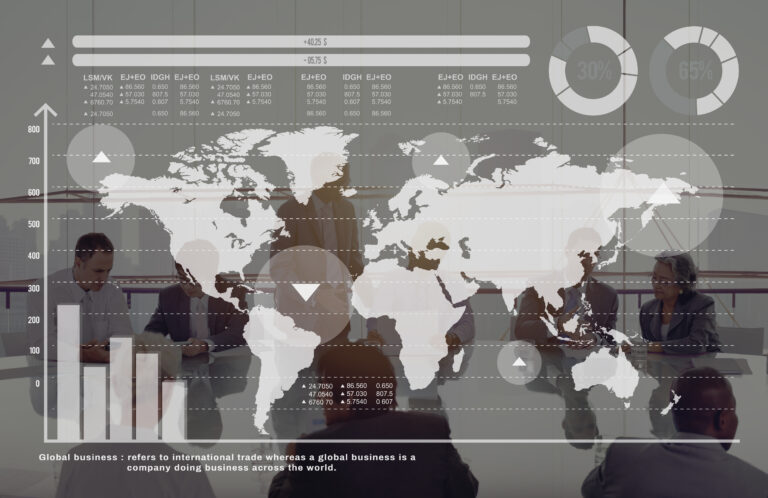How F1 Became the Rich Person’s Game and Its Economic Impact and Employment Opportunities
Introduction
Formula 1 (F1) is known as the pinnacle of motorsport, attracting a global fanbase and showcasing incredible engineering, innovation, and driving skills. However, over time, it has earned a reputation as an elite sport—a “rich person’s game” due to the immense financial resources required to participate, both for teams and spectators. The high costs associated with running a team, attending races, and even following the sport as a fan have cemented its status as a luxury activity. But behind this glamorous facade lies a complex economic system that generates significant employment opportunities and impacts the global economy.
In this blog, we will explore how F1 became the domain of the wealthy, its financial ecosystem, and the broader economic and employment implications it creates worldwide.

The Evolution of F1 into an Elite Sport
Early Beginnings: A Diverse Field
When F1 was established in 1950, it was accessible to more people and involved simpler technology. Teams with smaller budgets, like privateers, could participate and sometimes challenge larger, better-funded teams. The drivers were typically daredevils from various backgrounds, some wealthy but many simply passionate racers who had worked their way up through less expensive racing series.
Skyrocketing Costs: From Privateer Racing to Corporate Giants
The early years of F1 saw participation from various privateers, but the sport soon became dominated by manufacturer-backed teams like Ferrari, McLaren, and Mercedes-Benz. The technological advancements in cars, coupled with the need for a larger engineering team, facilities, and R&D, drove costs upward. Currently, the cost of running an F1 team for a single season can range between $100 million and $500 million.
This shift has made it nearly impossible for anyone without vast financial resources to participate. Even getting a seat as a driver now typically requires substantial financial backing or sponsorship.
- Technology Costs: Developing hybrid power units and investing in aerodynamic research are costly but necessary to compete at the highest level.
- Infrastructure: Building world-class factories, wind tunnels, and testing facilities can cost billions over time.
- Salaries: Top drivers like Lewis Hamilton and Max Verstappen earn tens of millions in salaries, not counting sponsorships and endorsements.
- Sponsorship Dependency: As costs have risen, teams have become more reliant on sponsorship deals. A wealthy driver with connections to lucrative sponsors is often prioritized over someone with talent alone.
Spectator Costs: F1 as an Exclusive Event
Not only has F1 become financially exclusive for participants, but also for fans. Attending a race can be expensive, with ticket prices for prestigious events like the Monaco Grand Prix exceeding $1,000 for a decent seat. Additionally, fans spend on travel, accommodation, and race-related merchandise. This contributes to the perception of F1 as a luxury experience.

The Economic Impact of F1
Despite its elite status, Formula 1 generates significant economic activity that benefits countries, cities, and the broader economy. From the money generated by hosting Grand Prix events to the job opportunities created, the sport’s economic footprint is enormous.
Revenue Generation for Host Countries
Each year, F1 races are held in a variety of locations worldwide, including iconic circuits such as Silverstone, Monaco, and Monza, as well as newer destinations like Singapore and Abu Dhabi. Host countries and cities are often eager to attract F1 because of the significant economic boost it brings.
- Tourism: F1 races attract hundreds of thousands of international visitors. In 2022, it was reported that the Singapore Grand Prix alone generated over $100 million in tourism revenue. Hotels, restaurants, and local businesses see increased patronage during race weekends.
- Advertising and Media: F1 has a global audience, with millions watching live broadcasts. Hosting a race gives countries the chance to showcase themselves to a worldwide audience, often enhancing their tourism appeal.
- Increased Infrastructure Investment: The need for better facilities, transportation, and hospitality to accommodate F1 races often leads to upgrades in local infrastructure.
Team Contributions: Investments in Technology and Employment
While F1 teams themselves represent large investments in technology and R&D, they also create numerous high-paying, high-skill jobs. These positions are typically located near team headquarters, often in Europe, particularly in the UK’s “Motorsport Valley.”
- Engineering and R&D Jobs: F1 teams employ thousands of engineers, data scientists, and technicians. These roles involve developing cutting-edge technology in aerodynamics, hybrid power units, and materials science. Many technological innovations created in F1 eventually trickle down to road cars, benefiting the broader automotive industry.
- Support Services: From logistics to hospitality, F1’s ecosystem creates jobs far beyond the race track. Companies provide transport services for cars, materials, and personnel across continents. Additionally, hospitality services for VIP guests and team personnel are a major industry themselves.
- Media and Broadcasting: F1’s global audience supports media jobs ranging from journalists and commentators to camera operators and tech staff. F1 also has its own dedicated digital media team that generates race content, documentaries, and social media interactions.
Sponsorship and Advertising Revenue
F1’s global reach has attracted major brands that want to associate themselves with the glamour, excitement, and prestige of the sport. From car manufacturers to luxury watch brands, companies are willing to pay millions for a sponsorship deal. Teams like Ferrari, Red Bull, and Mercedes boast sponsorship deals worth tens of millions annually.
- Title Sponsorships: Large corporations sponsor entire events, such as the Rolex Australian Grand Prix, in exchange for global visibility.
- Team Sponsors: Individual teams also sign deals with brands. For example, Petronas has been a title sponsor of the Mercedes team for years, which helps the team manage its high operating costs.
Employment Opportunities in F1
While F1 may seem exclusive to the wealthy, it offers a range of employment opportunities at various levels, from highly skilled engineering positions to entry-level roles in hospitality and event management.
Engineering and Technical Roles
F1 teams require top-tier engineering talent in aerodynamics, mechanical engineering, and electronics. These engineers work on car design, data analysis, and constant innovation to improve performance. Given the high competition, these roles are well-paid and highly respected.
- Aerodynamics Engineers: Responsible for optimizing the shape of the car to reduce drag and increase downforce. Their work significantly impacts a car’s performance on track.
- Engineers in Data Analytics: These engineers analyze vast amounts of data gathered from sensors on the car to make real-time decisions during races and help develop long-term improvements.
- Materials Scientists: F1 pushes the boundaries of materials science, using advanced composites and alloys to make cars lighter and more resilient.
Media and Broadcasting Roles
With over 500 million people watching F1 annually, media and broadcasting play a crucial role in the sport. Employment opportunities exist for commentators, video editors, social media managers, camera operators, and journalists. The popularity of the Netflix series “Drive to Survive” has also expanded F1’s media presence, creating more jobs in content production.
Logistics and Event Management
Each F1 race involves the coordination of thousands of personnel and tons of equipment that must be transported across the globe. Logistics companies, event managers, and caterers play a vital role in ensuring the smooth running of every Grand Prix.
- Logistics Managers: These professionals coordinate the transportation of cars, parts, and equipment between races, ensuring everything is where it needs to be, on time.
- Hospitality and Event Staff: Hosting VIP guests and managing fan experiences during a race weekend requires a dedicated staff of event managers, chefs, security personnel, and more.
Challenges and the Future
Despite the economic benefits, the perception of F1 as an elite sport limits its broader appeal. The costs associated with attending races, following the sport, or participating at any level remain prohibitive for the average person. The sport is also criticized for its environmental footprint due to the large amounts of fuel burned during races and the logistics of flying teams and equipment around the world.
However, F1 is attempting to address these issues. The introduction of a cost cap in 2021 was a step towards leveling the playing field between large and small teams. Furthermore, F1 has committed to becoming carbon-neutral by 2030, with initiatives like hybrid engines and sustainable fuels aimed at reducing the sport’s environmental impact.
Conclusion
Formula 1 may have evolved into a sport dominated by the wealthy, but its economic footprint is far-reaching. The sport generates substantial revenue for host countries, provides high-skill jobs in engineering, and supports a vast ecosystem of media, logistics, and hospitality services. The challenges it faces—its high costs, environmental impact, and exclusive image—are real, but ongoing reforms suggest that the sport is working towards becoming more inclusive and sustainable. As F1 continues to grow globally, its role as a significant economic player cannot be denied.
References:
- Autosport.com – The Economics of Formula 1
- Forbes – F1 Sponsorship and Revenue Statistics
- The Guardian – F1’s Environmental Commitments for 2030
- Financial Times – Impact of Cost Caps on F1 Teams
- Statista – Revenue Generation from Formula 1 Races Worldwide






